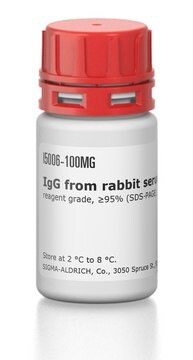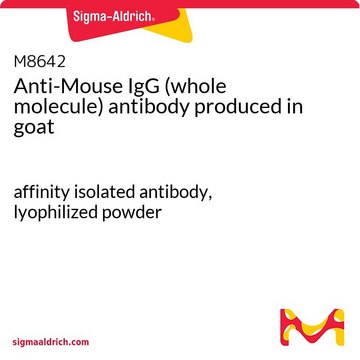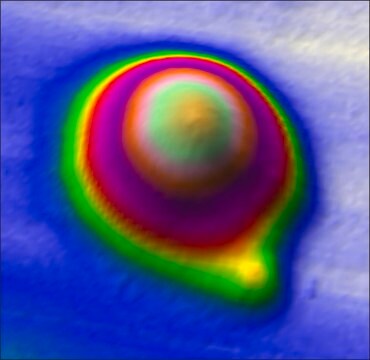I5381
IgG from mouse serum
reagent grade, ≥95% (SDS-PAGE), lyophilized powder
Sinónimos:
Mouse IgG
About This Item
Productos recomendados
conjugate
unconjugated
Quality Level
grade
reagent grade
assay
≥95% (SDS-PAGE)
form
lyophilized powder
composition
Protein, ≥80%
storage temp.
2-8°C
target post-translational modification
unmodified
¿Está buscando productos similares? Visita Guía de comparación de productos
General description
Mouse IgG is purified from normal mouse serum by fractionation and ion-exchange chromatography.
Application
Physical form
Disclaimer
Storage Class
11 - Combustible Solids
wgk_germany
WGK 3
flash_point_f
Not applicable
flash_point_c
Not applicable
ppe
Eyeshields, Gloves, type N95 (US)
Certificados de análisis (COA)
Busque Certificados de análisis (COA) introduciendo el número de lote del producto. Los números de lote se encuentran en la etiqueta del producto después de las palabras «Lot» o «Batch»
¿Ya tiene este producto?
Encuentre la documentación para los productos que ha comprado recientemente en la Biblioteca de documentos.
Los clientes también vieron
Nuestro equipo de científicos tiene experiencia en todas las áreas de investigación: Ciencias de la vida, Ciencia de los materiales, Síntesis química, Cromatografía, Analítica y muchas otras.
Póngase en contacto con el Servicio técnico









